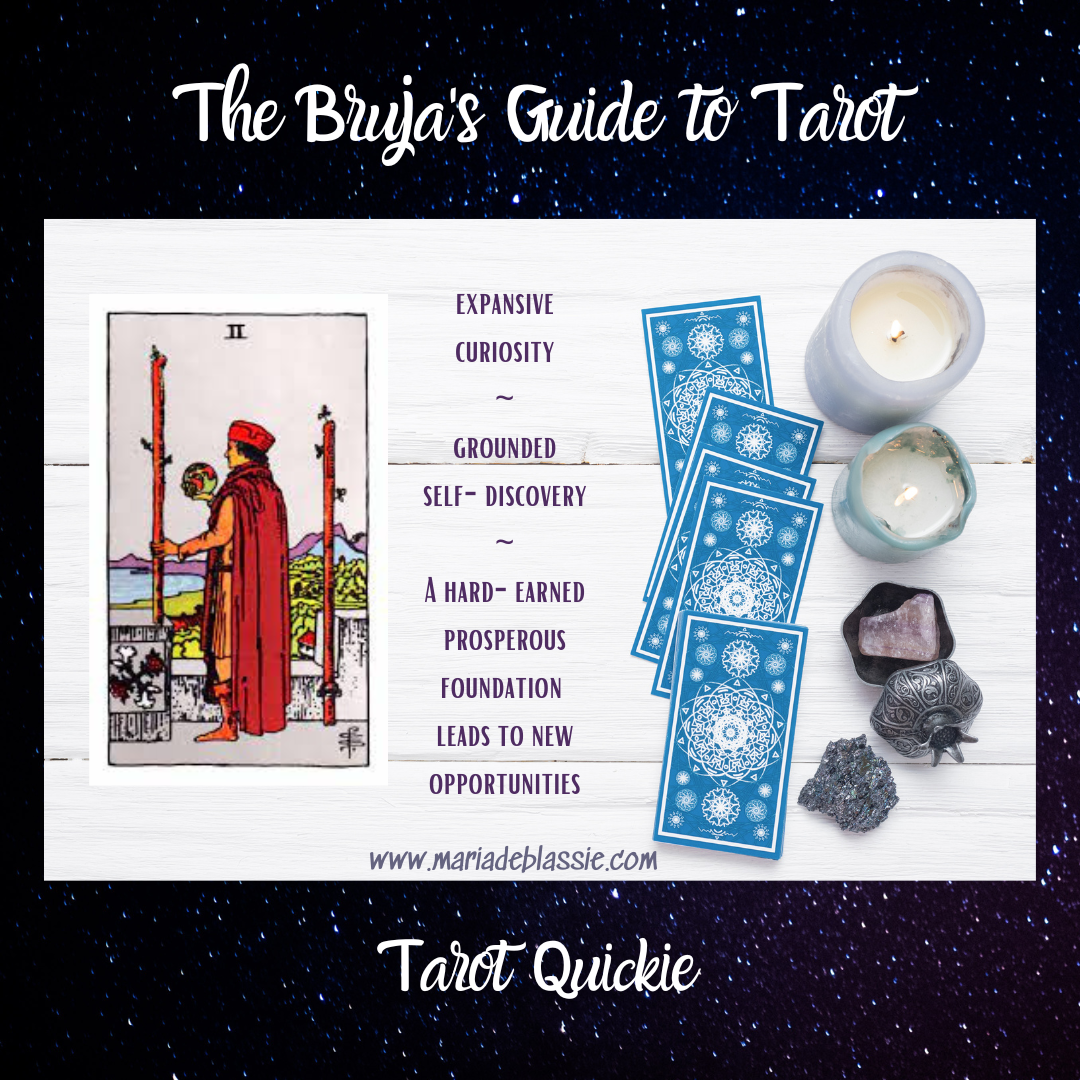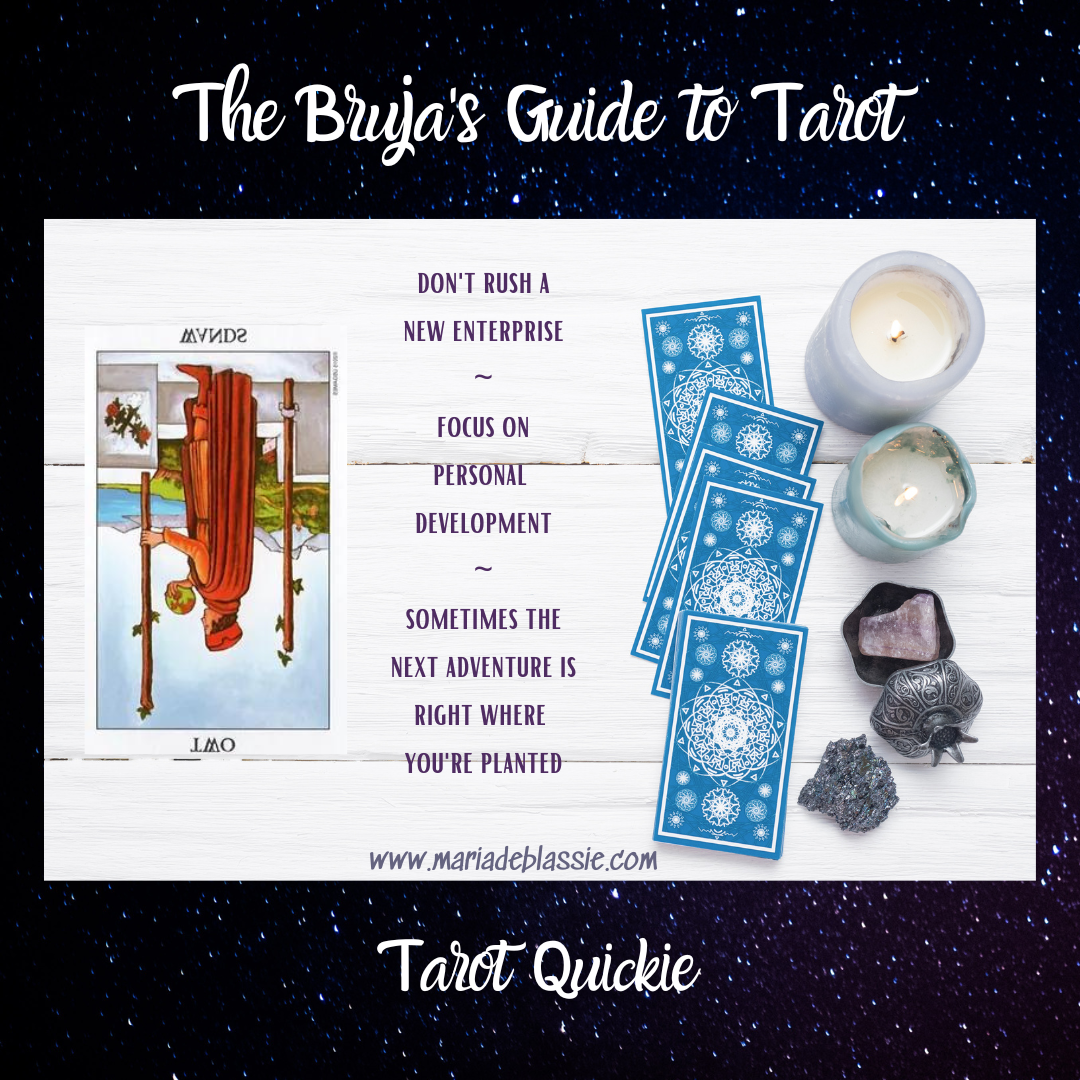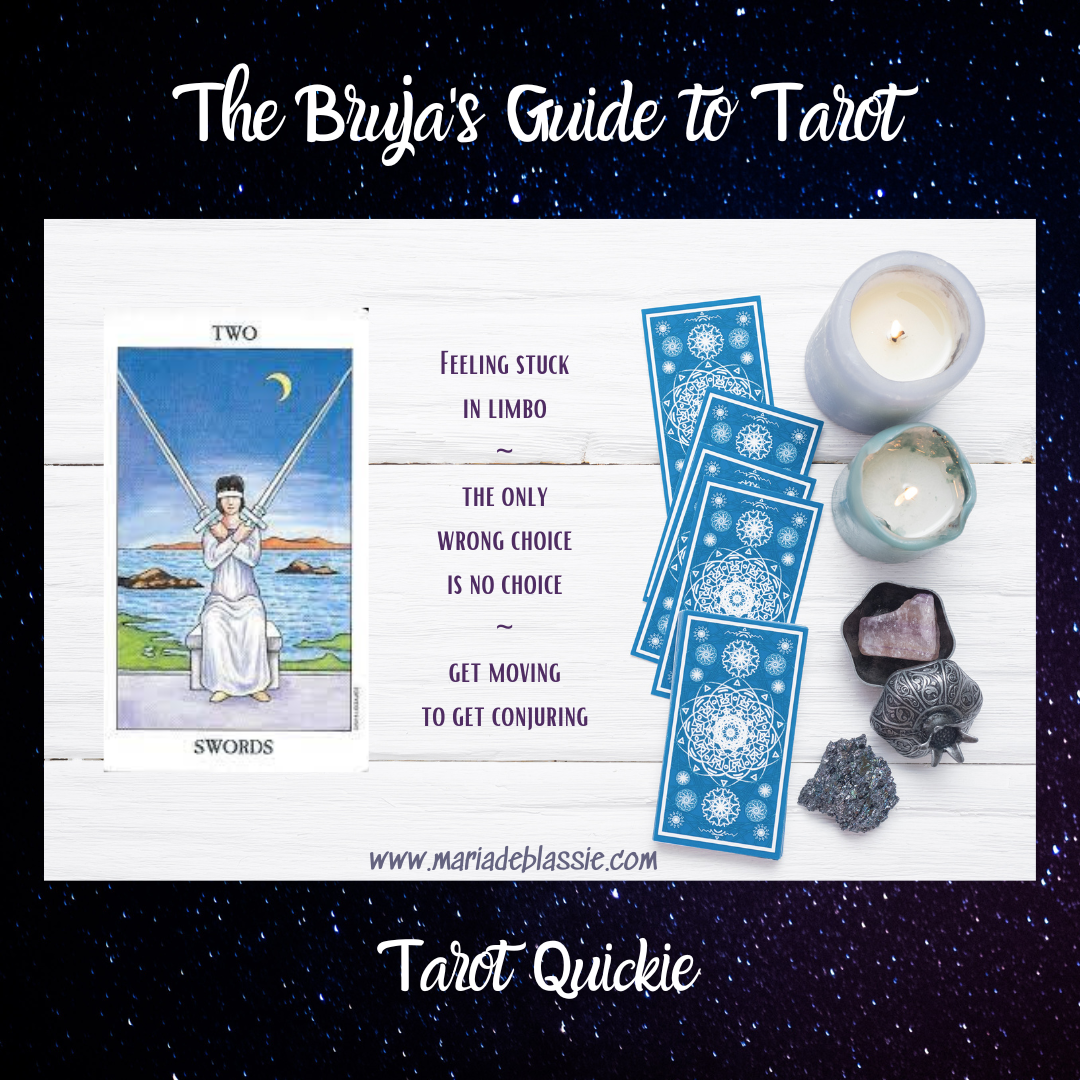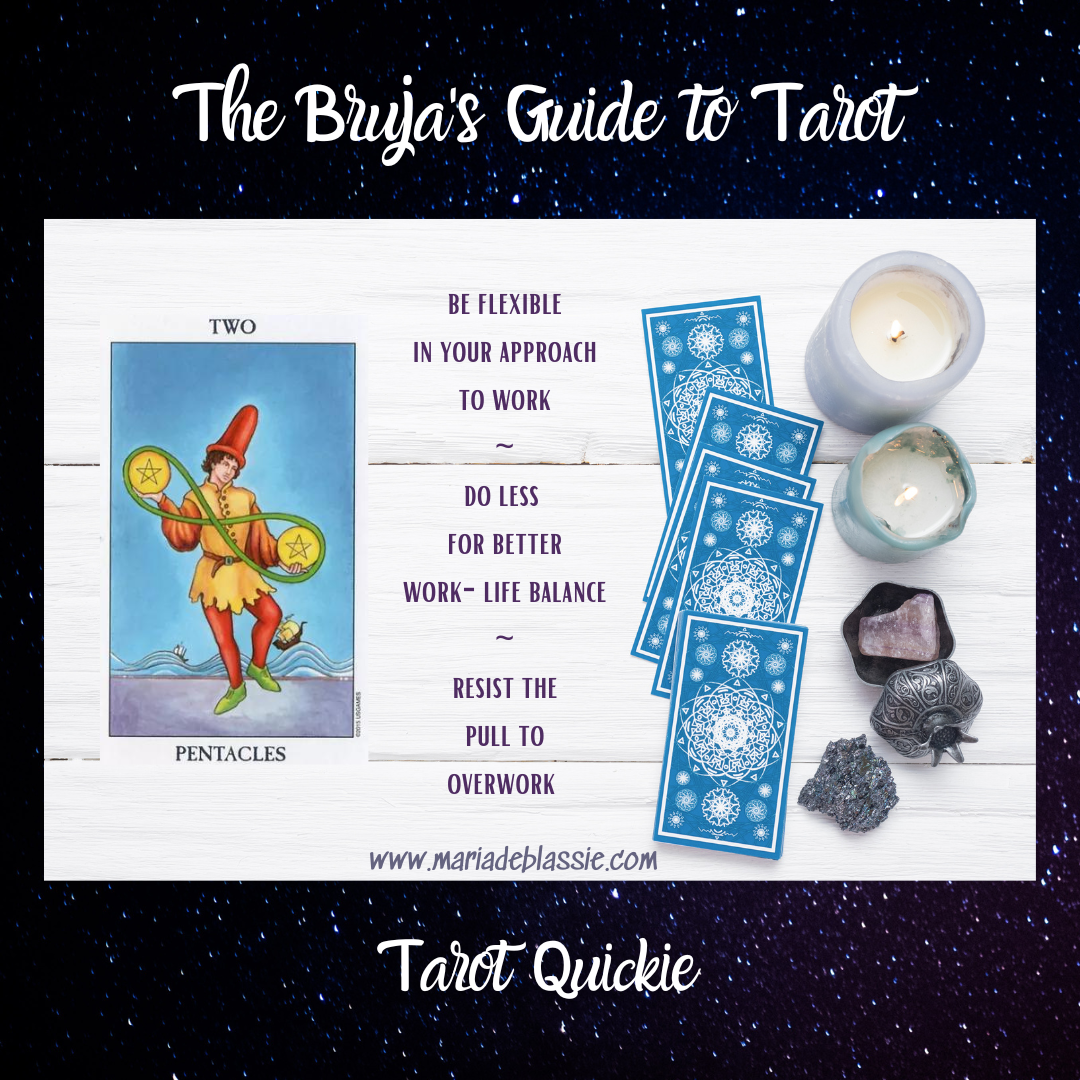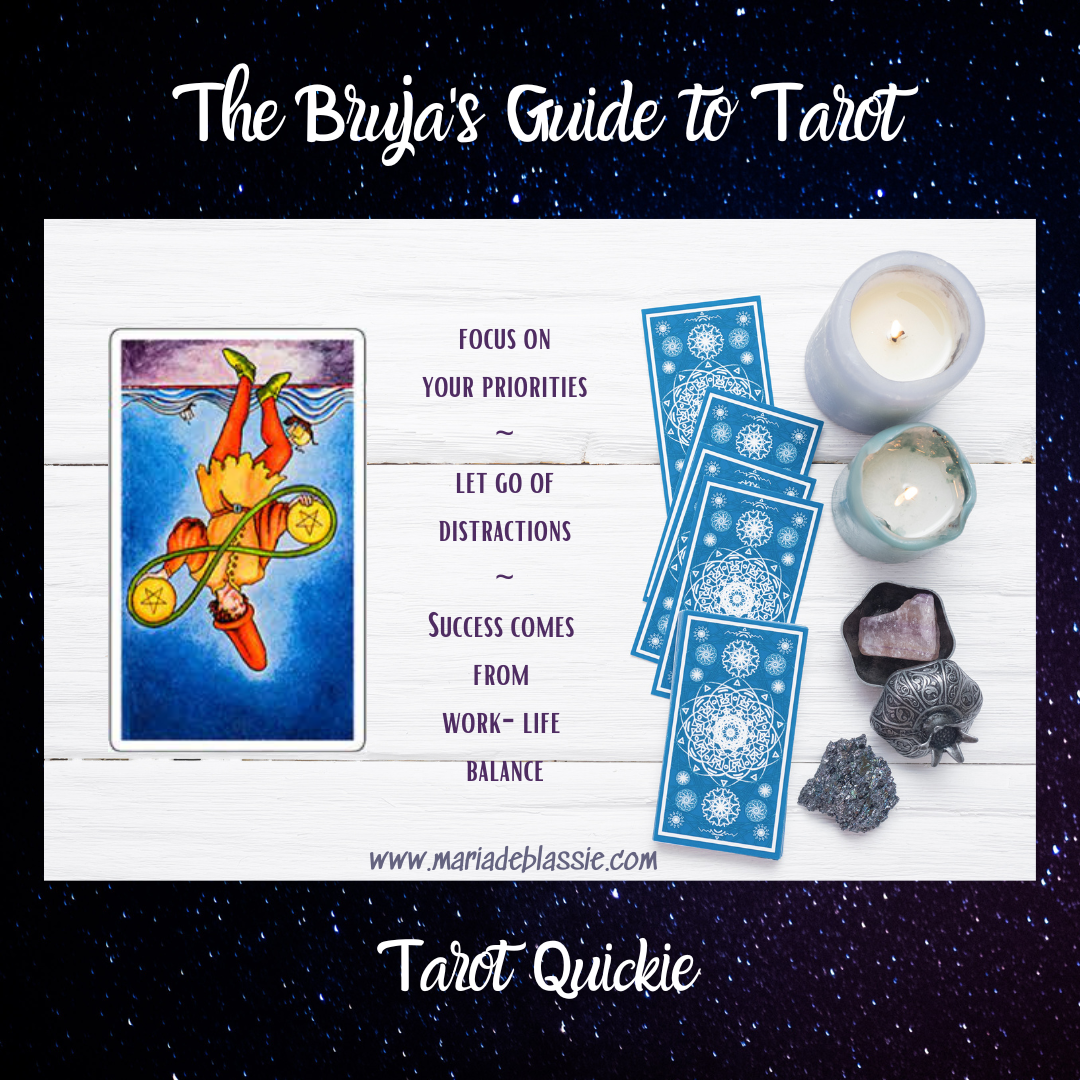Element: Water
Imagery: Two figures exchanging cups beneath a caduceus and lion’s head. Behind them, a home is tucked into a lush landscape.
General themes: Mutual recognition, balanced relationship, emotional reciprocity.
Two of Cups Upright
This is one of the most auspicious cards when it comes to relationships, including romantic ones. The Two of Cups offers a promising foundation for any union. It is the embodiment of Eros Energy, in which love is all around you and within you. You can safely be vulnerable.
In romance, this card speaks of mutual attraction and connection that has the potential to blossom into something more. Now is the time to cultivate loving partnerships and embrace new connections. This isn’t just about passion, but a bone-deep soul connection that can grow into a healthy, loving relationship in which both partners feel their freest and happiest. More than the Lovers card, the Two of Cups speaks of lasting romantic harmony with the right person.
In a non-romantic context, it can refer to an affectionate or healthy bond, such as a strong friendship or even a solid workplace camaraderie that fosters innovative and productive working relationships. Or, more deeply, it can refer to an opening to self and a blossoming healthy self-love. In any case, the Two of Cups reflects your openness to fruitful relational energies that make your life better.
Two of Cups Reversed
Reversed, this card is all about self-love. It is still a generous card, reminding you that love is all around you and within you—but you may need to focus a little more on that last part. Self-love, including self-care, is the foundation for all healthy relationships. It’s an old metaphysical truth that your outer landscape is a mirror of your inner landscape. If you cultivate a verdant inner garden and love even the wounded parts of yourself, the rest of the world will reflect that abundance and joy.
This card is an invitation to cultivate your communication skills. Pay attention to how you talk to yourself and others. How can you be gentler or more compassionate to yourself? Think about how your energy affects those around you. Awareness is key—understanding your relationship to yourself will help you understand your relationship to others.
Be open to new perspectives. They will help you heal. Soften your gaze and allow yourself to be vulnerable.
The Bruja’s Guide to Tarot is the divination sister to the scholarly The Bruja Professor, a witchy take on literature, the occult & pop culture, and Enchantment Learning & Living, an inspirational blog celebrating life’s simple pleasures, everyday mysticism, and delectable recipes that are guaranteed to stir the kitchen witch in you.
If you enjoyed what you just read and believe that true magic is in the everyday…and good conversations with the tarot, subscribe to my newsletter below for regular doses of enchantment. Want even more inspiration? Follow me on Instagram and Facebook. Here’s to a magical life!


